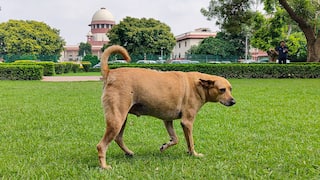Shubho Bijoya: 5 Best Bengali Sweets Recipes To Enjoy This Festival Month
After Durga Puja begins the auspicious period of Bijoya when people visit each other's homes, and are treated to special dishes and traditional sweets.

With Goddess Durga returning to her abode on Vijaya Dashami, Durga Puja ends. The festivities, however, continue. With the immersion of the Durga idol begins an auspiscious period known as 'Bijoya', which literally means "victory" — commemmorating the slaying of demon king Mahishasura by Goddess Durga. People celebrate the occasion by hugging each other, and younger people touching the feet of ellders to seek blessings while greeting 'Shubho Bijoya' to each other. Bijoya is a time, which will continue until Diwali, when people visit each other's homes, and are treated to special dishes and traditional sweets.
Here are some mouth-watering sweets, which are enjoyed on the occasion of 'Bijoya', and their recipes.
1. Bhapa Sondesh (Steamed Sondesh)
Bhapa sondesh is a traditional Bengali dessert. It is a steamed version of the traditional sondesh, which is created with high-quality 'channa' or fresh paneer (cottage cheese), like many other Bengali sweets.
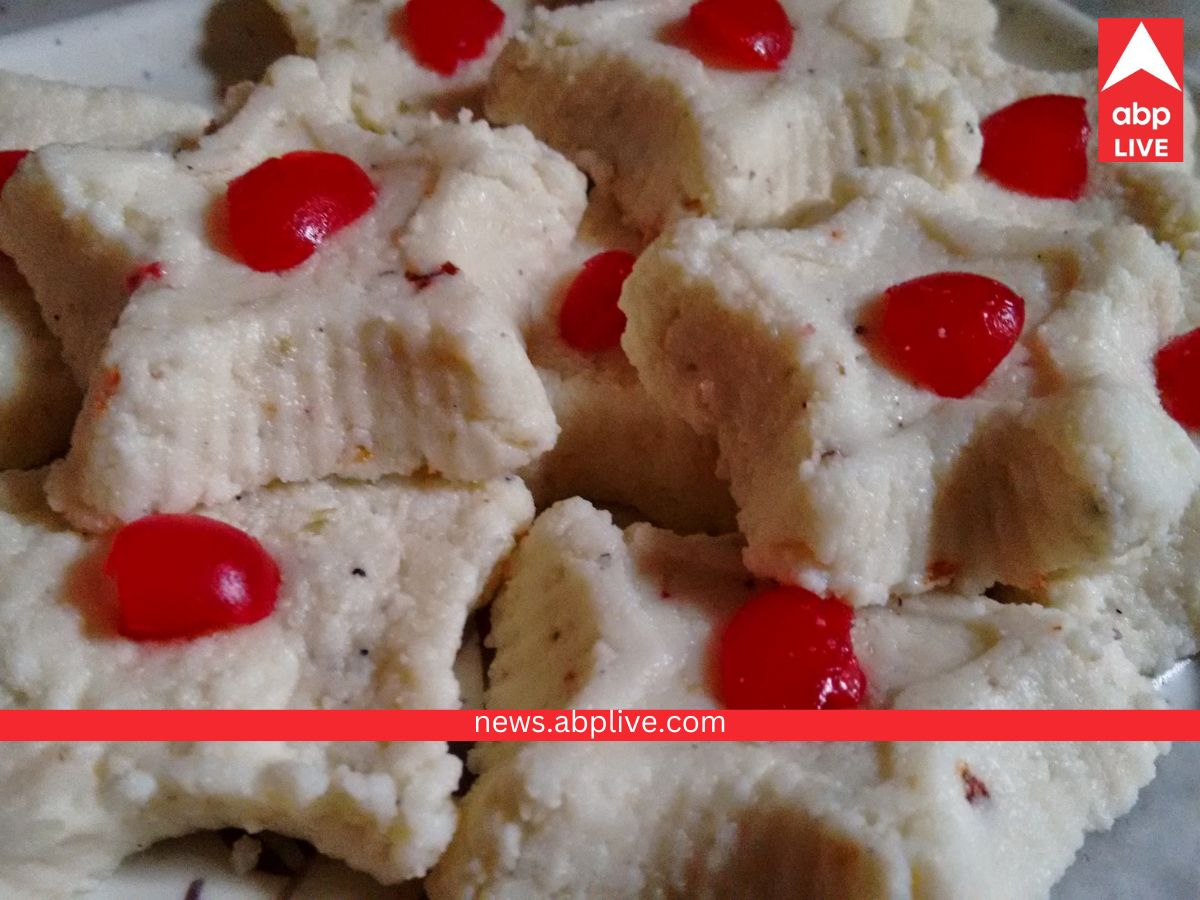
Ingredients:
- 2 litres + ¼ cup of milk
- 4 Lemons
- 6 tbsp powdered sugar
- 4 to 5 green cardamom
- 20 to 25 saffron strands (optional)
Preparation:
- Take two litres of milk and boil in a pan
- Grind the green cardamom and extract juice from the four lemons
- The lemon juice is to be gradually added to the milk once it has boiled over
- Now, thoroughly stir the milk and then separate the milk solid and whey, using a strainer
- Add cold water to the separated channa and thoroughly clean it
- Now, whip the mixture into a homogeneous paste in a grinder jar
- Stir together a quarter cup of milk, six tablespoons of powdered sugar, and cardamom powder
- Grease a square or rectangular aluminium or steel tray and spread the sweetened chhana mixture, distributing evenly. You can also layer the tray with butter paper before spreading the mixture. Alternatively, you can also use silicon moulds of different shapes (see photo)
- Sprinkle the saffron threads (optional)
- Heat water in a bigger vessel and put the tray in it, ensure it sits smooth half-submerged in the water
- Steam-cooked for 30 minutes on a low-to-medium temperature
- Turn off the flame and taken out the tray, allow it to cool, and then put it in the refrigerator to set for another 30 minutes
- Take the tray out of the fridge, place it on a place top down
- Slice up the now firm chhana and serve
2. Darbesh
Darbesh is a well-known and traditional Bengali dessert that resembles boondi laddu but has a distinct flavour. Khoya (mawa) is one of the primary ingredients in this dish, unlike boondi laddu.
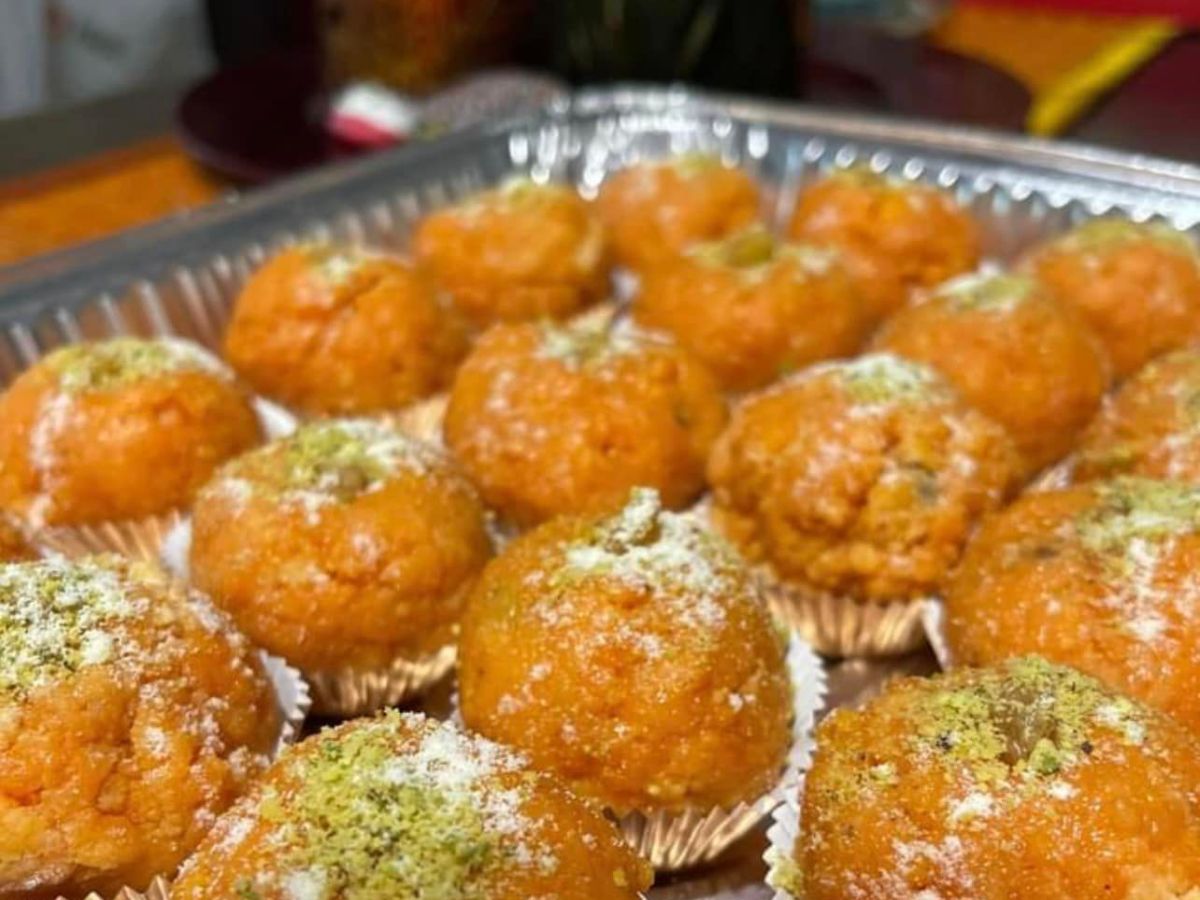
Ingredients:
- 2 cups of gram flour
- 6 green cardamoms
- 2 cups of vegetable oil
- 2 teaspoons of rose water
- 1 cup sultanas/raisins
- 1+1/2 cup water
- Edible food colour (optional)
- 3 cups of sugar
- 1 cup cashews
- 2 tablespoons of ghee
Preparation:
- Take a medium-sized utensil and mix the water and sugar
- When it begins to boil, reduce the temperature to medium while stirring the sugar constantly
- Add rose water and cover the utensil with a lid
- Now, combine water, gram flour and a few drops of edible food colour in a separate bowl to make a batter
- Heat oil on medium temperature in another pan
- Use a perforated ladle to add a small amount of the prepared batter to the pan. Shake the ladle to let the bater percolate down into the hot oil
- Don't fry the boondis crisp. use the same perforated ladle to take them out of the hot oil and drop immediately into the sugar syrup
- Make more boondis with the remaining batter and put them in the syrup right away
- Now, thoroughly combine the boondis soaked in sugar syrup with cashews and sultanas with a little amount of ghee in a separate utensil
- Grease your palms with ghee and knead the boondi mixture before giving them the shape of laddus
- Your delicious dorbesh is ready to serve
3. Rosogolla
Rasgulla (pronunced roshogolla in Bengali) is essentially a dish made of soft, spongy cottage cheese balls that have been dipped in a cold sugar syrup. It melts in your mouth and is a delicious treat from eastern India.
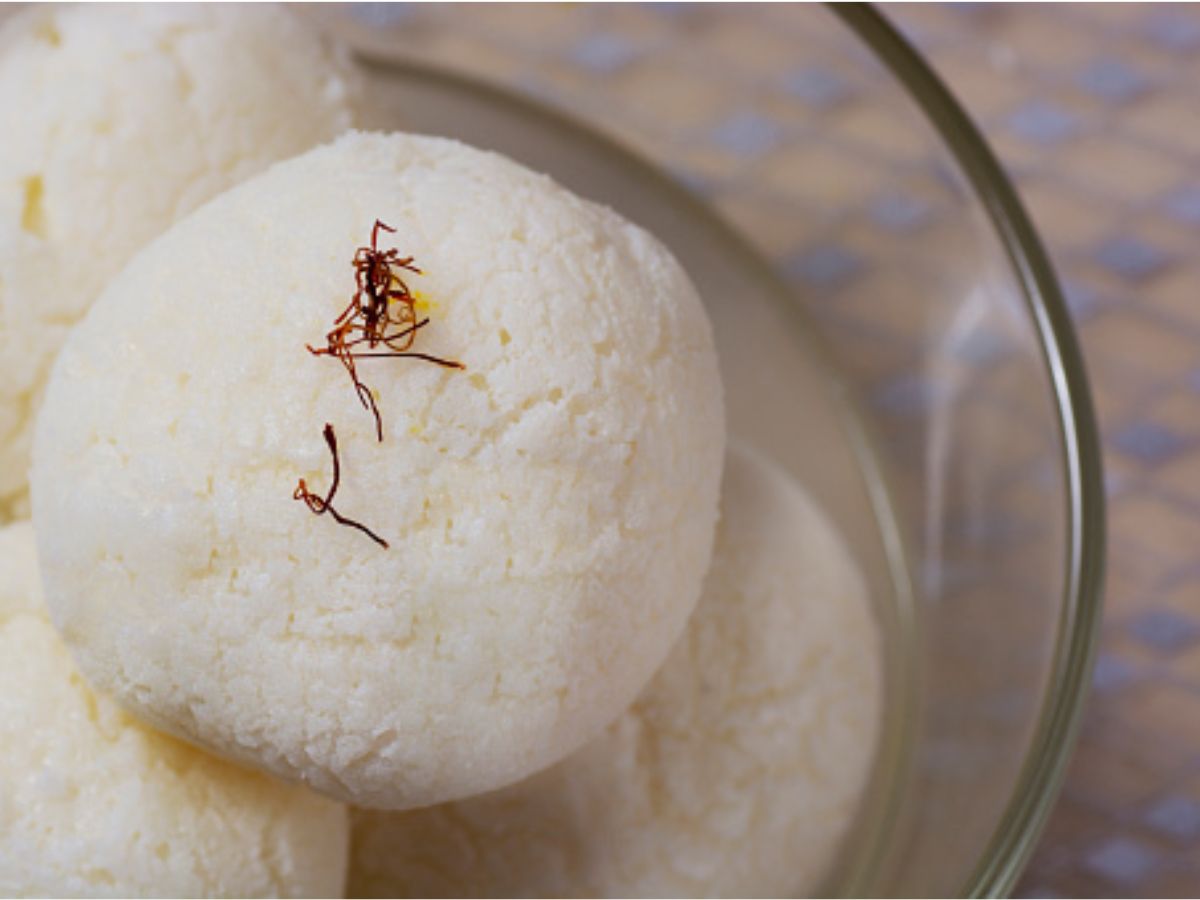
Ingredients:
- 8+1/2 cups of whole milk
- 2 to 3 tablespoons of lemon juice
- 5 teaspoons of flour
- 2 cups sugar
- 4 cups water
- 2 to 3 tablespoons rose water (optional)
Preparations:
- Boil the milk while continuously stirring so it does not burn
- Add lemon juice
- When the milk curdles and begins to separate, turn off the heat
- Strain the cheese under running water to remove all traces of lemon
- Place the cheese in a thin muslin cloth and keep it hung until all the water is drained out
- Knead the cheese until smooth
- Sprinkle a little bit of flour on the cheese and mix it thoroughly
- Make small balls out of the mixture and set aside
- Bring the sugar and water to a boil in a pan
- Gently add the cheese balls
- The rasgullas will double in size while cooking in the syrup. Make sure the pan is big enough
- Keep the pan covered for boil the rasgullas for 10 minutes and then let it stay covered for 5 minutes after you turn off the heat. If making in a pressure cooker, wait for the first whistle and cook another 8 to 10 minutes before turning off the heat
- Allow the rasgullas to cool
- Pour rose water over the rasgullas (optional)
- Your favouite rosogollas are ready to be savoured
4. Chhana Gaja
This is a delicacy originally from Odisha, but is equally popular in Bengal. Gaja is made from cottage cheese and sugar syrup.
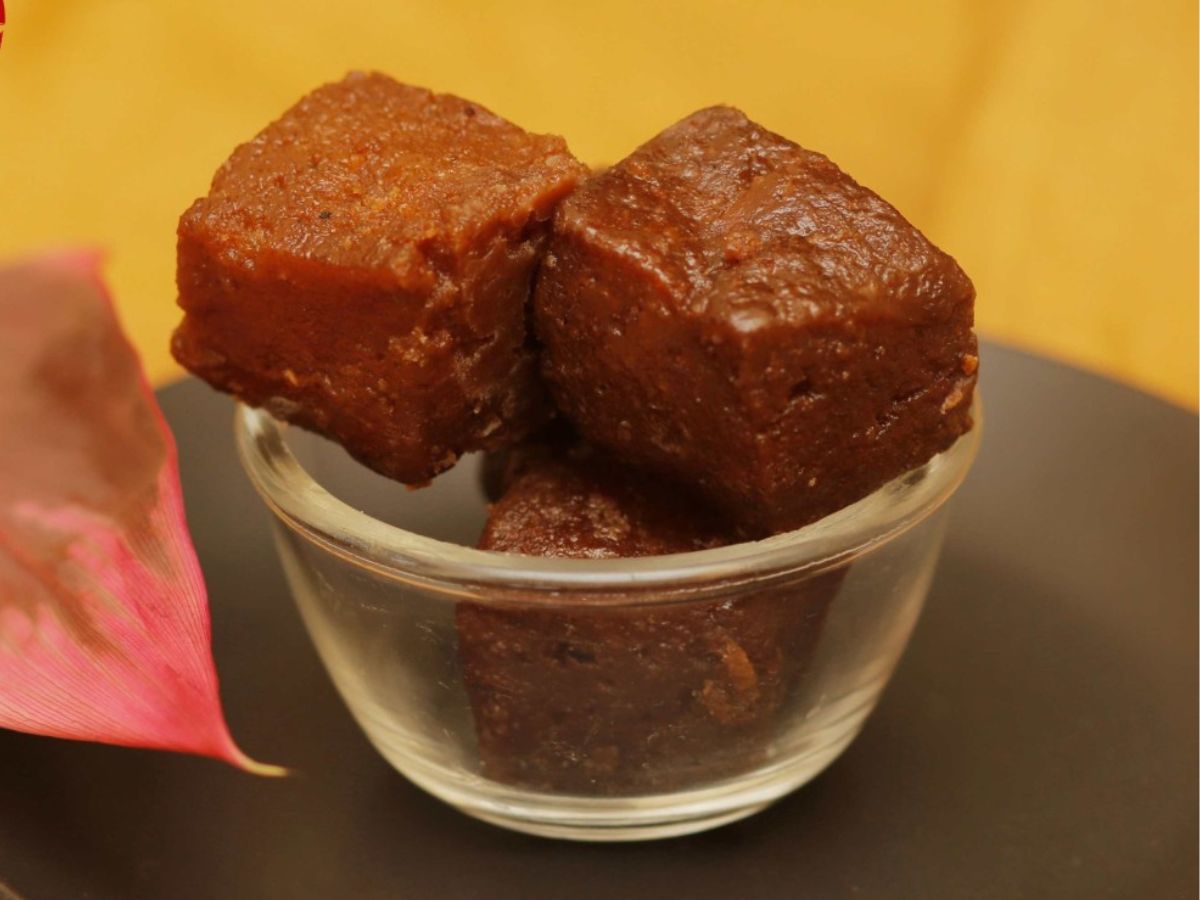
Ingredients:
- 1 litre full fat milk
- 2 tbsp lemon juice
- 6 to 8 cubes of ice
- 1/2 cup sugar
- 2/3 cup water
- 1/2 tsp lemon juice
- 1-2 tbsp rose water or a few drops of kewra essence (optional)
- 1 tbsp rava (sooji)
- Oil or ghee to fry
Preparation:
- Follow the process shared above to prepare the chhana/cottage cheese and sugar syrup
- Now, break up the cheese using your hands to give it a crumbly texture
- Add rava (sooji) and knead it well until the dough is smooth
- Divided the mixture into equal portions and give them the shape of a disc or a square
- Set them aside covered with a damp cloth
- Now, heat oil in a pan and put a small ball of the chhena mixture in it. The the ball sizzles, the oil is adequately hot to fry the gaja
- Add a few of the cheese discs or squares to the oil and cook them on low to medium heat until golden brown
- Remove the gaja from the oil using a slotted spoon and put them into the sugar syrup
- Let the gaja soak in the syrup for approximately an hour
- The chhana gaja is now ready. Take them out of the syrup and serve
5. Malai Chamcham
Malai chamcham is an all-time festival favourite. While not much is known about its origin, the sweet is made in different ways. While some are dry, some are syrupy, and some come with fillings too.
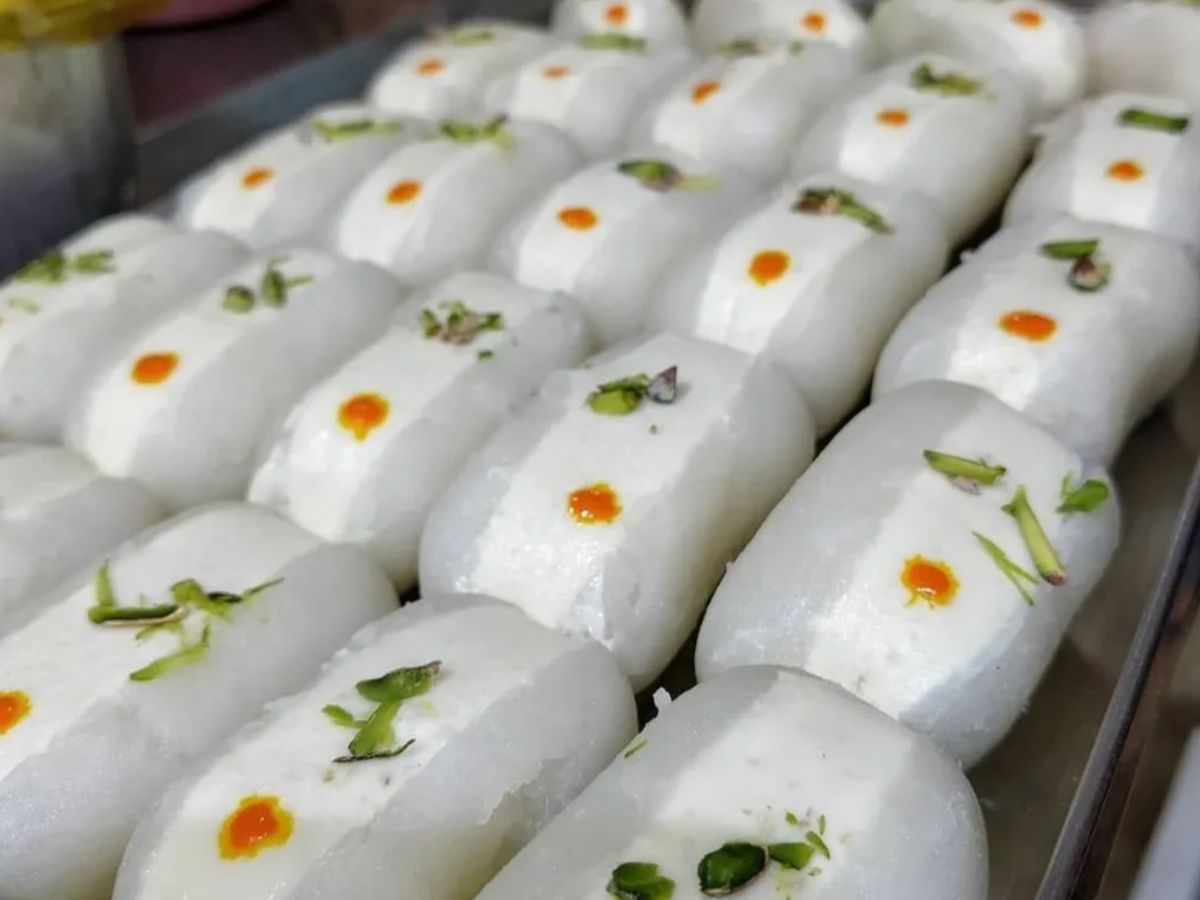
Ingredients:
- 4 cups of milk
- 2 teaspoon powdered green cardamom
- 1 tablespoon chopped almonds
- 4 cup water
- 2 tablespoon lemon juice
- 4 tablespoon khoya
- 1 handful crushed pistachios
- 1+1/2 cup sugar
Preparation:
- Prepare the cottage cheese following the process shared above
- Knead the cheese and make small balls out of the mixture
- Make the sugar syrup using the same method cited above, adding cardamom pods and rose water (optional)
- Give the cheese balls a cylindrical shape and add them to the boiling sugar syrup
- Simmer the flame and cook for around 10 minutes
- Turn off the hear and let the chamchams cool
- Prepare the khoya stuffing by mixing together the khoya, crushed pistachios, and cardamom powder in a bowl
- When the syrup has cooled a bit, remove the chamchams and place them on a plate
- Slit them vertically and add the khoya stuffing
- Garnished the sweets with chopped pistachios and almonds, and serve
NOTE: The images shown above are representational.
Related Video
Union Budget 2024: Nirmala Sitharaman Reaches Parliament Ahead Of Budget Presentation Today | ABP News




























